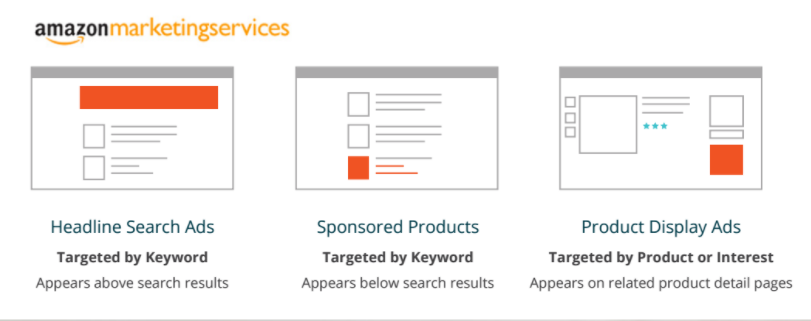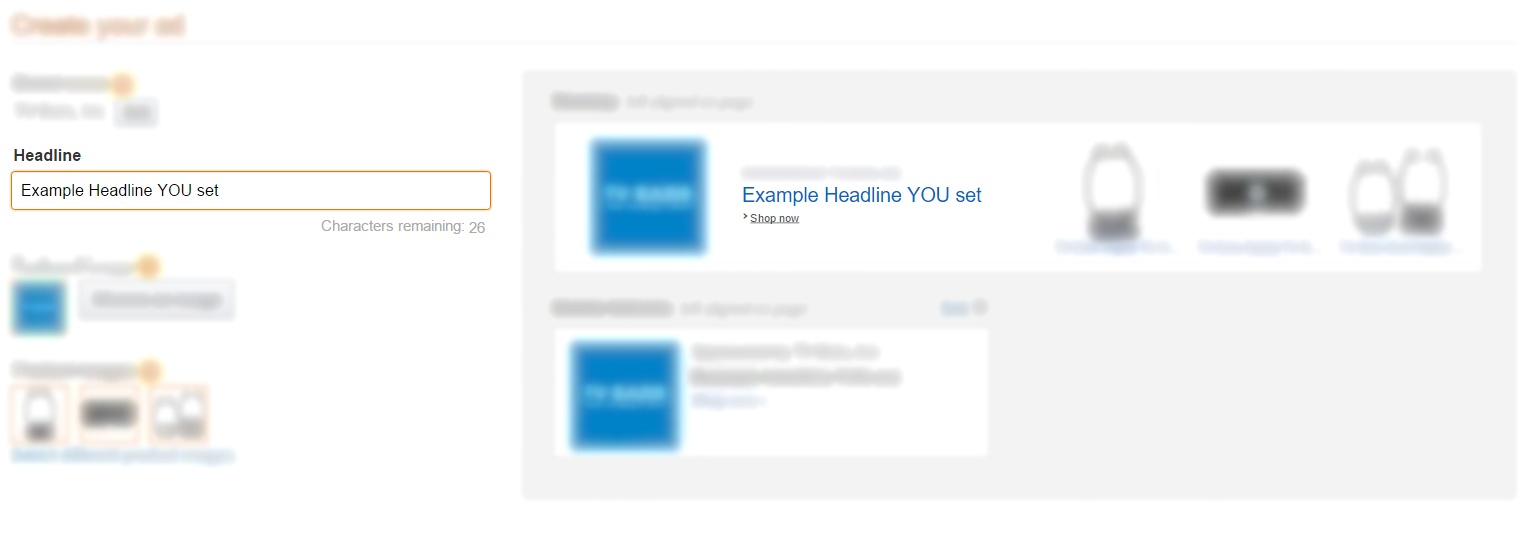Do you know the difference between Seller Central and Vendor Central? When you look to begin selling your brand’s products on Amazon, you have a few options as to which platform you’d prefer using. Both of these two platforms have their unique pros and cons, and come with other different advantages, beyond pay-per-click (PPC) campaigns, that could be incredibly valuable based on your brand’s needs and goals.
These non-PPC advantages actually guide many brands in deciding which of the two platforms they’ll go with moving forward. If your brand has no or only moderate PPC spending on Amazon currently, and are just trying to pick the platform that’s right for you, be sure to check out our infographic that outlines all of non-PPC differences.
But, if PPC is currently delivering much of your sales volume—some of our clients acquire more than 80 percent of their overall sales via PPC—you need to consider how these two platforms do PPC differently. Let’s walk through the places where SC and VC overlap, and where they diverge.
1. Definitions
Amazon Seller Central (SC) is a web interface used by merchants to manage and view their orders. If you sell via Seller Central, Amazon considers you a marketplace or third-party seller. When selling through Seller Central, you have access to a section called advertising, where you can create, monitor, and optimize sponsored product campaigns from.
Amazon Vendor Central (VC) is the web interface used by manufacturers and distributors. If you sell via Vendor Central, you’re called a first-party seller, because you’re acting as a supplier, selling in bulk to Amazon. In order to be registered for Vendor Central, you need to be invited from Amazon. Once you start using Vendor Central you can get access to AMS (Amazon Marketing Services), where you can create monitor and optimize sponsored product campaigns, as well as headline search and product display campaign types.
2. Campaign Types
Seller Central Ads
-
Sponsored Product Campaigns
AMS Ads
-
Headline Search Campaigns
-
Product Display Campaigns
-
Sponsored Product Campaigns
AMS offers more ways to reach your target audience than Seller Central. Even sponsored product campaigns, which are available in both platforms, seem to be a bit different. This post covers the differences in more depth, but just as a general conclusion, you should run sponsored product campaigns on SC and Headline Search / Product Display campaigns on AMS.
3. Complexity
Seller Central Ads: 3.0 / 5
AMS Ads: 4.5 / 5
AMS is much more complex than SC, mainly because of the new campaign types that need to be mastered, the option to include different creative elements in these new ad types, and more difficult-to-understand reporting.
The only aspect where SC ads are a bit more complex to monitor and manage than AMS ads is the feature in which you can add negative keywords to auto campaigns. This is currently lacking in AMS.
Reporting and coming to informed decisions from reports is a lot more complex in AMS, because of its limited interface compared to SC, and the absent lookback filter.
4. Ads Customization
Seller Central Ads: 1/5
AMS Ads: 4/5
As we mentioned above, the two additional ad types AMS offers are customizable. These are the levels of customization they offer are Headline Search Ads, Product Display Campaigns, and Sponsored Product Campaigns.

a) Headline Search Ads
 Above: Example of an AMS headline search ad for a brand of compact refrigerators & freezers.
Above: Example of an AMS headline search ad for a brand of compact refrigerators & freezers.
Headline Search Ads are give the advertiser the most control over the ad and landing page experience the advertising funnel offers. One drawback is that you need to have at least three similar products to run an effective headline search campaign, which means that your hands might be tied in the beginning.
You can select or create your own landing page.

This way you can run A/B tests and see which type of landing pages convert best for your type of products.
You can select the products you would like to have included in the campaign.

Thus you can mix and match products to try to cross-sell or upsell additional products in your portfolio.

You can write your own headline, and see which message your clients prefer the most.
b) Product Display Campaigns
These type of campaigns are less complex to set up than headline search, but more complex than sponsored products. Here, the main segment you may want to experiment with is (similar to the headline search ads) the customized headline.

c) Sponsored Product Campaigns
Other than figuring out the best targeting options, these campaigns offer no additional customizations, making them the easiest campaign type to work with on Amazon.
To summarize, the primary win of being included in the Vendor Central program is that AMS offers additional options to expand reach. These tools add complexity to your Amazon account and campaign management, but they’re generally worth the extra effort. However, regardless of whether you have already been running SC ads or not, all these methods require some testing, refinement, and optimization.
Once you find the recipe that works, you can use these PPC campaigns to target better customers, reach new ones, and boost sales to heights you wouldn’t have been able to achieve otherwise.


